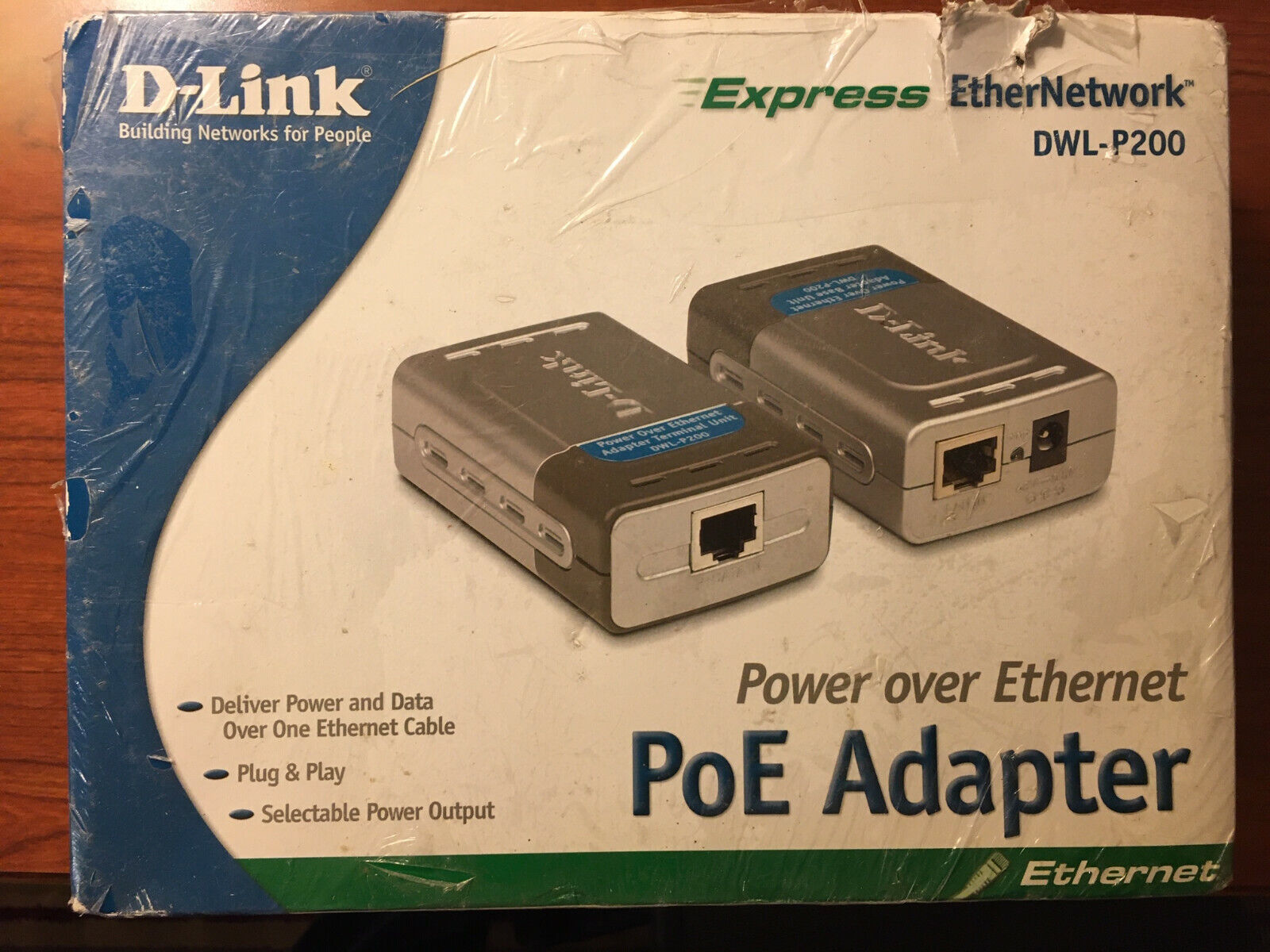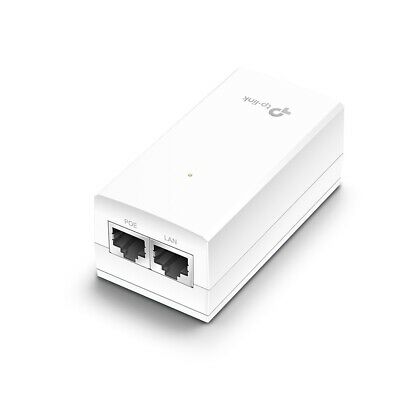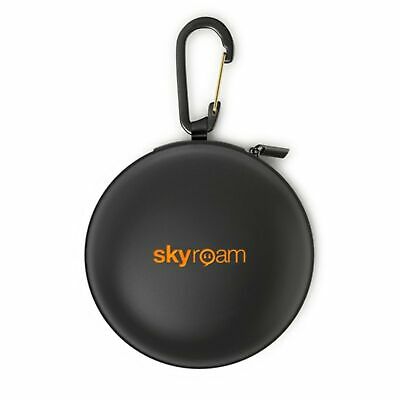-40%
D-Link DWL-P200 Power over Ethernet Power Adapter Express EtherNetwork
$ 14.25
- Description
- Size Guide
Description
You are viewing a brand new, still in unopened manufacture plastic a D-LinkPower Over Ethernet Adapter.
The DWL-P200 Power Over Ethernet (PoE) adapter kit is designed to supply operational power to surveillance cameras and wireless LAN devices such as access points, bridges and routers. It enables power current to travel on the Ethernet network cable, thus eliminates the need to directly connect a power supply to the wireless LAN device. The DWL-P200 supports both 5VDC and 12VDC power requirements. Power requirement can be selected through a DIP switch.
Facilitates Installation
The Power Over Ethernet allows you to install the wireless LAN device and surveillance camera at places such as on a building rooftop, on or near a ceiling, or other difficult places where power is not easily accessible. The idea is increase the usefulness of your camera and wireless LAN to provide connectivity to users regardless of their proximity to a power outlet or a network cable.
Data and DC Power Transmission on the Same Network Cable
On a standard UTP Category 5 cable, only two pairs (pins 1, 2, 3 and 6) are used for Ethernet data transfer. Power Over Ethernet is designed to take advantage of the unused pins of the remaining pair of cable wires. Consequently, a single Category 5 cable will now carry both Ethernet data and DC power. The idea is to supply the remote end with power and the requirements of Ethernet connectivity via a single Cat 5 cable.
Base Unit and Terminal Unit
The DWL-P200 includes a base unit and a terminal unit. At one end, the base unit inserts DC voltage into the unused wires (pins 4, 5, 7 and 8) of the network cable. At the other end, the terminal unit splits the data and DC power apart. Data signals continue to travel on remaining network cables, while DC power is fed into the power adapter, which connects to an AC power outlet.












